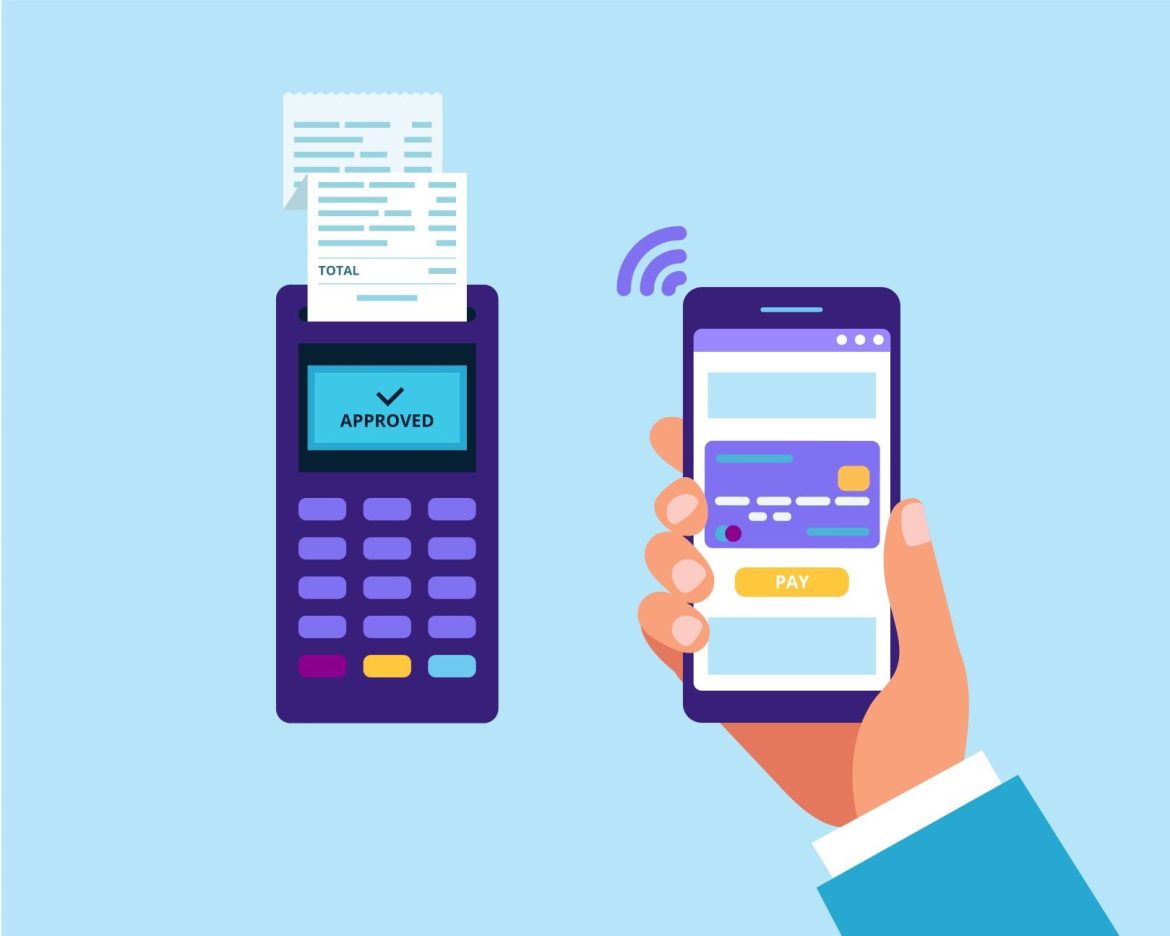In the rapidly evolving landscape of financial technology, mobile payment systems have emerged as a transformative force, reshaping the way we conduct transactions and manage our finances. With a decade of experience as a technical copywriter, I’m here to explore the intricacies of mobile payment systems, shedding light on their significance, recent developments, and the promising future they hold.
The Evolution of Mobile Payments
A Shift in Payment Paradigm
Mobile payment systems have come a long way since their inception. Initially, they were a convenient alternative to traditional cash and card-based transactions. However, recent advancements have turned them into comprehensive financial ecosystems, offering a wide range of services beyond simple payments.
Pioneering Technologies
The introduction of Near Field Communication (NFC) and Quick Response (QR) code technology paved the way for contactless payments. These technologies allow users to make secure transactions by simply tapping their smartphones or scanning a code, eliminating the need for physical cards or cash.
The Digital Wallet Revolution
All-in-One Convenience
Digital wallets, the cornerstone of mobile payment systems, have transformed smartphones into versatile financial tools. Users can store credit and debit card information, loyalty cards, boarding passes, and even identification documents securely within their mobile wallets.
Enhanced Security
Security is paramount in the world of digital finance. Mobile wallets employ robust encryption and authentication methods to safeguard user data and financial information. Biometric authentication methods, such as fingerprint and facial recognition, add an extra layer of security.
Mobile Payments in Retail
Contactless Transactions
Contactless payments have gained significant traction, especially in retail environments. Customers appreciate the convenience of tapping their smartphones or scanning QR codes to complete transactions quickly and securely.
Merchant Adoption
Retailers have embraced mobile payment systems, with many upgrading their point-of-sale (POS) systems to accommodate contactless payments. This shift has accelerated the adoption of mobile payments in physical stores.
Peer-to-Peer Payments
Easy Fund Transfers
Mobile payment systems facilitate peer-to-peer (P2P) payments, allowing users to send money to friends and family effortlessly. These transactions often occur in real-time and are widely used for splitting bills, reimbursing friends, and sending gifts.
Apps and Ecosystems
P2P payment apps like Venmo, PayPal, and Cash App have gained popularity. These apps offer additional features such as splitting expenses, shared transaction history, and even investing options.
Mobile Payment Systems and Banking
Integration with Traditional Banks
Many traditional banks have integrated mobile payment features into their mobile apps, allowing customers to link their accounts and cards for seamless transactions. This integration simplifies banking and payment management.
Digital-First Banks
Digital-only banks have emerged, offering mobile-centric banking experiences. These banks leverage mobile payment systems as their primary means of interaction with customers, providing convenience and lower fees.
The Future of Mobile Payment Systems
Cryptocurrency Integration
Mobile payment systems are poised to integrate cryptocurrencies, allowing users to store, trade, and spend digital assets directly from their digital wallets. This move holds the potential to further mainstream cryptocurrencies.
Expansion of Services
Mobile payment ecosystems are expanding to include a broader range of financial services, such as savings accounts, investment options, and insurance. Users can expect to access a comprehensive suite of financial tools within their mobile apps.
Enhanced Personalization
The future of mobile payments lies in enhanced personalization. AI and machine learning will analyze user spending patterns and offer tailored financial advice, budgeting recommendations, and product suggestions.
Conclusion
In conclusion, mobile payment systems have evolved from simple cash alternatives to multifaceted financial ecosystems. With digital wallets at their core, these systems offer users the convenience of secure transactions, contactless payments, and peer-to-peer transfers. As retailers and banks increasingly embrace mobile payments, they are becoming an integral part of our daily lives.

